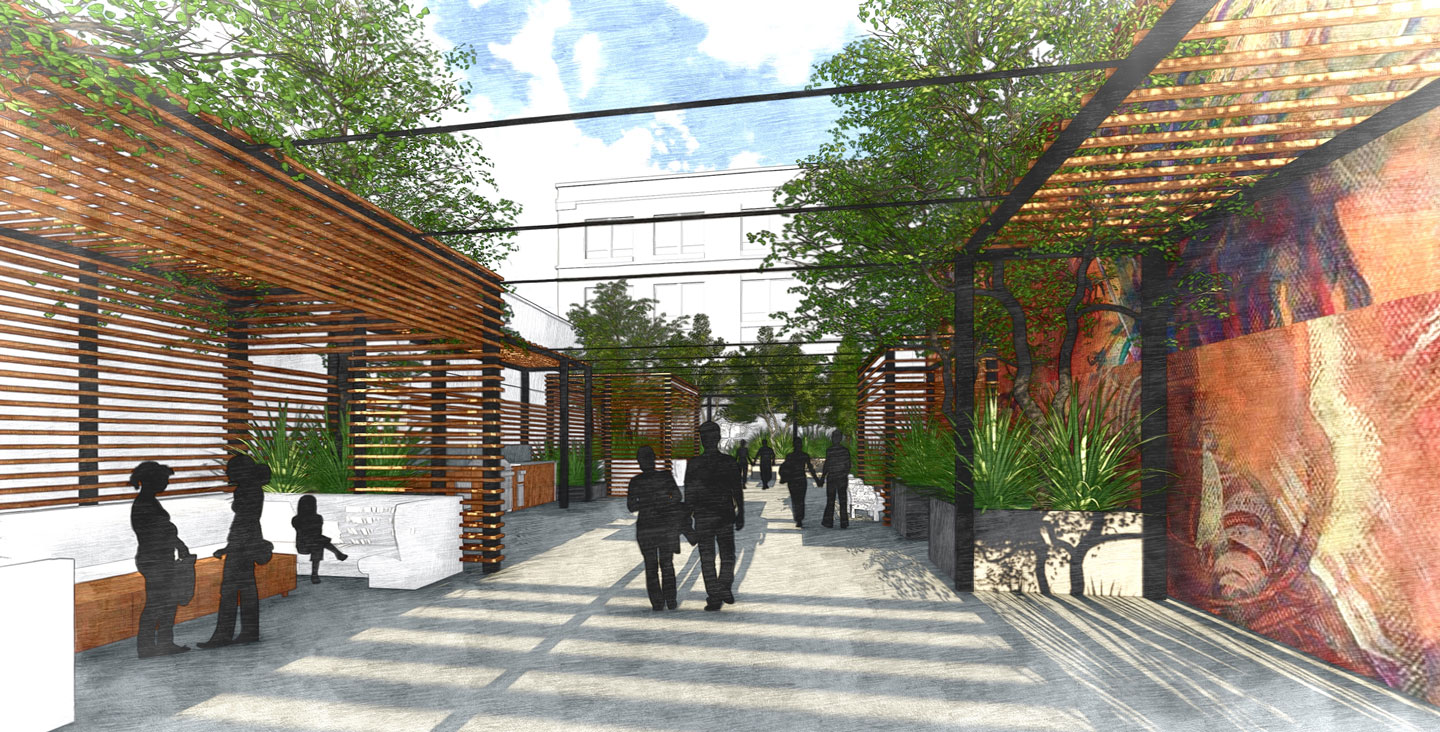The number of cable TV subscribers has dropped significantly over the past decade. By 2026, it’s expected to have dropped by nearly 50 million subscribers since 2013.
The reason for this is no mystery. Online streaming services have taken the place of cable in many households. The bottom line is that people really don’t like shelling out thousands of dollars per year for access to channels that they never wanted to watch in the first place.
Your apartment amenities can run up against the same problem. (Some communities even include a mandatory cable package in their monthly rent!) Without careful consideration, you can easily leave your residents wondering why they are paying for amenities they don’t want.
This is especially true when it comes to your rooftop and outdoor amenities. Why is it that outdoor spaces become the least used and least valuable to residents and property owners alike? And how do you make sure your rooftop and outdoor amenities don’t wind up like unwatched and unwanted cable channels and drive residents away from your property in search of more valuable alternatives?
Let’s start by taking a trip back in time to better understand what our culture values most in its outdoor spaces.
The American Landscape Tradition
The American landscape tradition has its roots in the eighteenth century pastoral gardens of England. These represented the aspirations of England’s landed aristocracy. The Romantic landscapes that followed, which hinted at social and political disruption, also influenced American ideas about landscaping.
Though very different in terms of inspiration and execution, the pastoral and wild Romantic landscapes are both difficult to achieve in urban settings. But that has not kept suburban American landscaping from attempting to mimic them. Things like mowed turf grass with kidney bean-shaped garden beds are the diluted result of these two English landscape traditions meeting American ideals of political freedom and middle class wealth.
The failed attempts to recreate either pastoral settings or mimic wild nature in our cities has produced an overwhelming amount of outdoor spaces that are neither beautiful nor usable. What the sorry imitations of these two English landscape traditions are missing is enough land to create the desired experience. Landscape scenery has devolved into “curb appeal” and landscape is often most appreciated from a passing car. This is as true of commercial landscapes as it is of residential, perhaps more so.
Too many urban landscapes across the country are based on aesthetics that simply don’t relate to the physical and cultural context they are in. So, while their suburbanite counterparts throw away hours of their lives mowing lawns they hardly ever use, urban residents are stuck paying for the upkeep of a space that serves no actual purpose for them.
Immersive Experiences and the “Why” of Outdoor Living Spaces
Your outdoor amenities and landscape should be much more than something nice to look at. People want and need immersive outdoor experiences within the city and they are willing to pay extra when it is available. They want access to the tangible benefits of spending time outdoors, including better physical and mental health.
But the key to maximizing these benefits is actually spending time outdoors. To experience that, one needs to have access to a comfortable outdoor space that, while being nice to look at, is even nicer to use and spend time in.
Aesthetics are important, but outdoor living spaces also need to be built for people’s day-to-day lives. There should always be a compelling reason to visit and use the rooftop and outdoor amenities at your property. “Why would I go to this space?” is the main question we ask ourselves when designing. And we make sure it gets answered in every space we design.
Our approach is focused more on experiences and interactions than any particular style or aesthetic. The subjectivity that is inherent in design is not beyond our consideration. But we also know that stylish design is not enough to make a space truly valuable to you and your residents.
In fact, if you won’t be getting any value out of the space, we believe that there is no point in adding it in the first place. The last thing you should be doing, from both a property management and marketing perspective, is providing rooftop and outdoor amenities that go unused.They won’t help attract or retain residents, but you’ll still have to pay to build and maintain them. And that cost is typically passed on to the resident, making your property even less appealing.
How to Justify Your Outdoor and Rooftop Amenities
If you can’t answer the question “Why would anyone want to spend time in this space?” you simply shouldn’t move forward with it. However, if you’re a multifamily property owner who feels confident in your rooftop amenities and outdoor spaces, here’s what you need to keep in mind:
- Establish metrics for the success of your rooftop and outdoor amenities.
- Seek to capture a feeling and provide a unique experience.
- Meet high standards with a firm commitment to quality.
- Use rooftop and outdoor amenities to build community and increase retention.
- Strive to make successful outdoor social spaces.
- Create valuable, usable amenities.
- Sell experiences, not features.
Our Loft Six Four team knows what it takes to make your next rooftop amenity a massive success. If you’re unsure about your plan for your rooftop and outdoor amenities, let’s talk.
